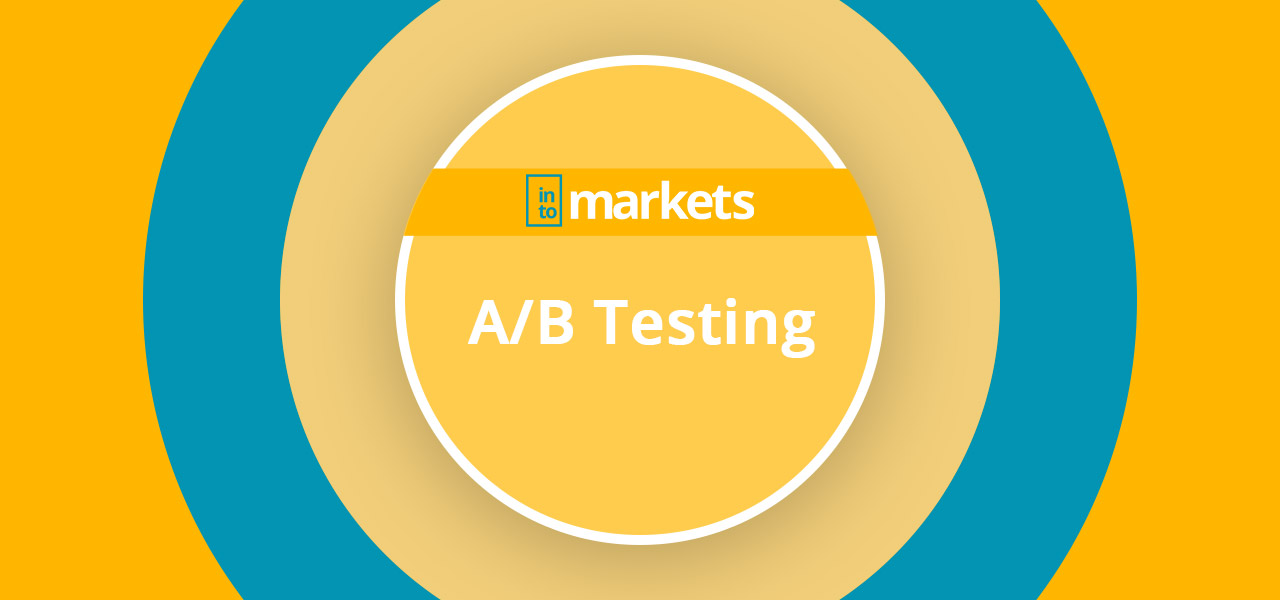What is A/B testing?
A/B testing is, as the name itself already suggests, the testing of two different versions of a website or a landing page. With this kind of testing, the performance of the relative pages is analyzed in relation to product sales, login etc. Once the two versions have been created, the traffic (generated by website users) is randomly spread during a specific period over these pages. With this random spread of traffic, you can analyze which page reached a higher conversion rate. The version with the higher conversion rate will be permanently implemented in the website and possibly retested later in connection to a different variable.
In connection to A/B tests are mostly tested: wording, length, color, placement… of the “call to action”, so the central call for actions of the website (for example login button).
- Wording, length, color and placement of the call to action button
- Design and Layout
- Length, number and kind of fields to be filled in
- Headline or product description
- Price or sale Discount
- Pictures, graphic or videos
- Text content
Every change of design, structure thus color, dimension of buttons or position of elements may influence the conversion and therefore the performance of a landing page. In an A/B testing is particularly important avoid to put subjective tastes in the foreground; much more important are instead the A/B tests key data.
How does A/B testing work on Amazon?
In relation to Amazon, a classic or complete A/B testing cannot be executed. However, A/B testing can be carried out in a different way. This test is useful to value and if necessary to change a page performance and its design and structure. Every Amazon seller can sell his products with the aim to sell as much as possible.
Here some possibilities to increase a product conversion:
- Pictures and graphics
- Title
- Bullet points
- Price
- Strike Prices
The selection of picture quality is crucial for the customer. People pay specific attention to visual content. The clearer the picture quality is, the easier it is for a customer to picture the product in real life and buys it. The majority of the consumers on Amazon already have a purchase intention which only needs to be reaffirmed.






